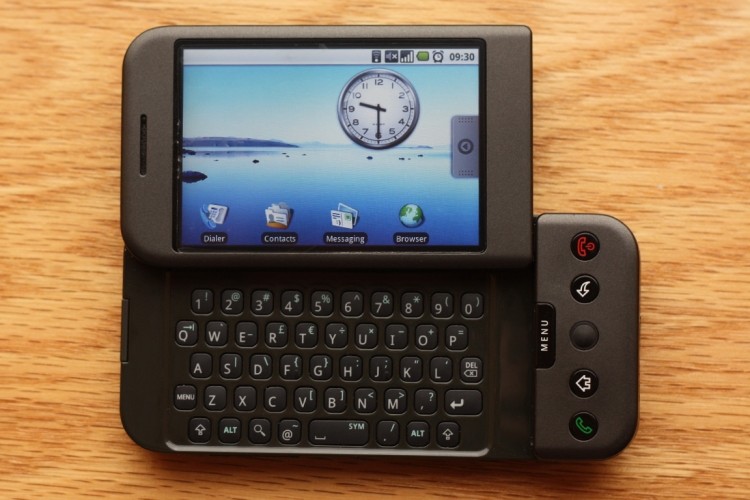The original iPhone was perhaps more revolutionary than many of us realize. The announcement of the very first smartphone from Apple prompted the development team for Google's competitor, Android, to come to the conclusion that they would "have to start over".
As a book excerpt published in The Atlantic has revealed, the iPhone launch made Android developer Chris DeSalvo suddenly realize that the initial version of the operating system, and the phone it would run on codenamed 'Sooner', "looked just so... nineties". Google at the time was working to stop the long-running trend of every phone running a different operating system and apps, but their efforts weren't going to be enough.
Referring to early prototypes of 'Sooner', Android director Andy Rubin recalls saying to a colleague at the time of the iPhone launch that "I guess we're not going to ship that phone." Sooner was ugly, and resembled a BlackBerry of the time; there was a small screen without touch support, and a traditional keyboard for input.
Through pushing back the launch of Android and Sooner until 2008, the team could focus on making the combination a true iPhone competitor. Engineers started experimenting with touchscreens, while also looking at what things the iPhone didn't do, such as running apps simultaneously. Sooner eventually turned into the HTC Dream (T-Mobile G1), which still packed a keyboard in sliding form, but also came with a large touchscreen display.
Since 2007, Android has blossomed into a major player in the smartphone market, no doubt because of some key, iPhone-inspired changes.
